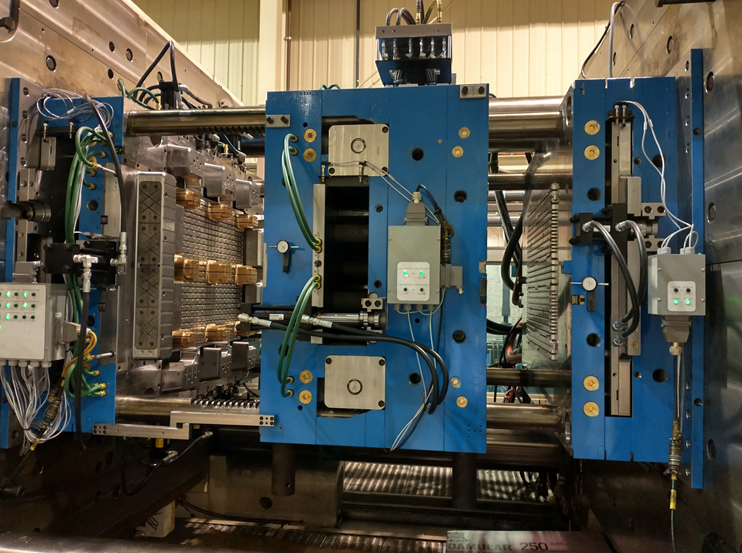Injection Moulding Cost: Factors Affecting Pricing and Cost Analysis
Injection moulding is a widely-used manufacturing process for producing plastic parts in large quantities. It offers several advantages, including high production rates, complex part geometries, and cost-effectiveness. However, understanding the factors that affect the pricing of injection moulding and conducting a cost analysis is essential for manufacturers to make informed decisions and optimize their production processes. In this article, we will explore the key factors that influence injection moulding cost and discuss the importance of cost analysis in this manufacturing process.
1. Material Selection
The choice of material is a critical factor in determining the overall cost of injection moulding. Different types of plastics have varying costs, and the selection of the material depends on the desired properties of the final product. Factors such as strength, flexibility, heat resistance, and appearance play a role in material selection. Additionally, the availability and market demand for a particular plastic material can also impact its price.
2. Part Complexity
The complexity of the part design significantly affects the cost of injection moulding. Parts with intricate geometries or undercuts require specialized moulds and additional processing steps, which can increase the overall production cost. Simple, straight-forward designs are generally more cost-effective. Manufacturers need to consider the trade-off between part complexity and production cost when designing components for injection moulding.
3. Mould Design and Tooling
The design and construction of the mould have a substantial impact on the cost of injection moulding. The complexity of the mould design, the number of cavities, and the type of tooling required all contribute to the overall cost. Moulds with more cavities allow for higher production rates but are more expensive to manufacture. Additionally, the material used for the mould itself, such as steel or aluminum, also affects the cost.
4. Production Volume
The required production volume is a crucial factor in determining the cost of injection moulding. Manufacturers need to consider economies of scale when pricing their products. Higher production volumes generally lead to lower costs per unit, as the fixed costs associated with moulding and tooling can be spread over a larger quantity of parts. However, lower production volumes may be more cost-effective for smaller batch sizes or specialized applications.

5. Machine and Labour Costs
The cost of operating the injection moulding machine and the required labour also contribute to the overall production cost. The machine size and specifications, energy consumption, maintenance requirements, and depreciation all affect the machine cost. Skilled labour is necessary for setting up and running the machine, ensuring quality control, and performing maintenance tasks. The availability and cost of skilled labour can vary depending on the location and market conditions.
Cost Analysis in Injection Moulding
Conducting a cost analysis is essential for manufacturers to evaluate the profitability and feasibility of injection moulding projects. By considering the factors mentioned above, manufacturers can estimate the overall production cost, determine the selling price, and calculate the potential profit margins. Cost analysis also helps identify areas of cost reduction, such as material substitution, design simplification, or process optimization, which can lead to improved efficiency and competitiveness.
In conclusion, injection moulding cost is influenced by various factors, including material selection, part complexity, mould design, production volume, machine and labour costs. Conducting a cost analysis is crucial for manufacturers to make informed decisions and optimize their injection moulding processes. By understanding the key cost drivers and exploring cost reduction opportunities, manufacturers can achieve cost-effective production and enhance their competitiveness in the market.
Előző:Creating a High-Quality Plastic Bakery Crate Mould: A Complete Guide
Következő: Large Molding Parts: Precision, Quality, and Efficiency
-
Manufacturing Innovation: Exploring the World of Electronic Molding Parts
2023-8-18
Introduction In today's fast-paced technological world, electronic devices play a crucial role in our lives. From smartp...
Részletek megtekintése -
Achieving Excellence in Aerospace Molding Parts Manufacturing
2023-7-11
Introduction Aerospace industry plays a crucial role in modern society, providing transportation solutions and technolog...
Részletek megtekintése -
Innovative design, plastic large turnover box mold is more efficient
2024-3-19
Plastic large turnover box mold, this thing sounds very professional, but in fact it is a powerful assistant in our indu...
Részletek megtekintése -
Injection Mold Manufacturing manufacture – A Guide to Successful Production
2023-5-17
Injection molding is a popular manufacturing process used for creating plastic parts in large quantities. The process in...
Részletek megtekintése -
Creating a Perfect ‘Crate Mould’ for Efficient Packaging Solutions
2023-6-30
Packaging plays a crucial role in the modern business landscape. It not only protects products during transportation but...
Részletek megtekintése -
Manufacturing High-Quality Home Appliance Molding Parts
2023-12-27
In today's competitive market, maintaining high-quality standards in the manufacturing industry is crucial for achieving...
Részletek megtekintése







